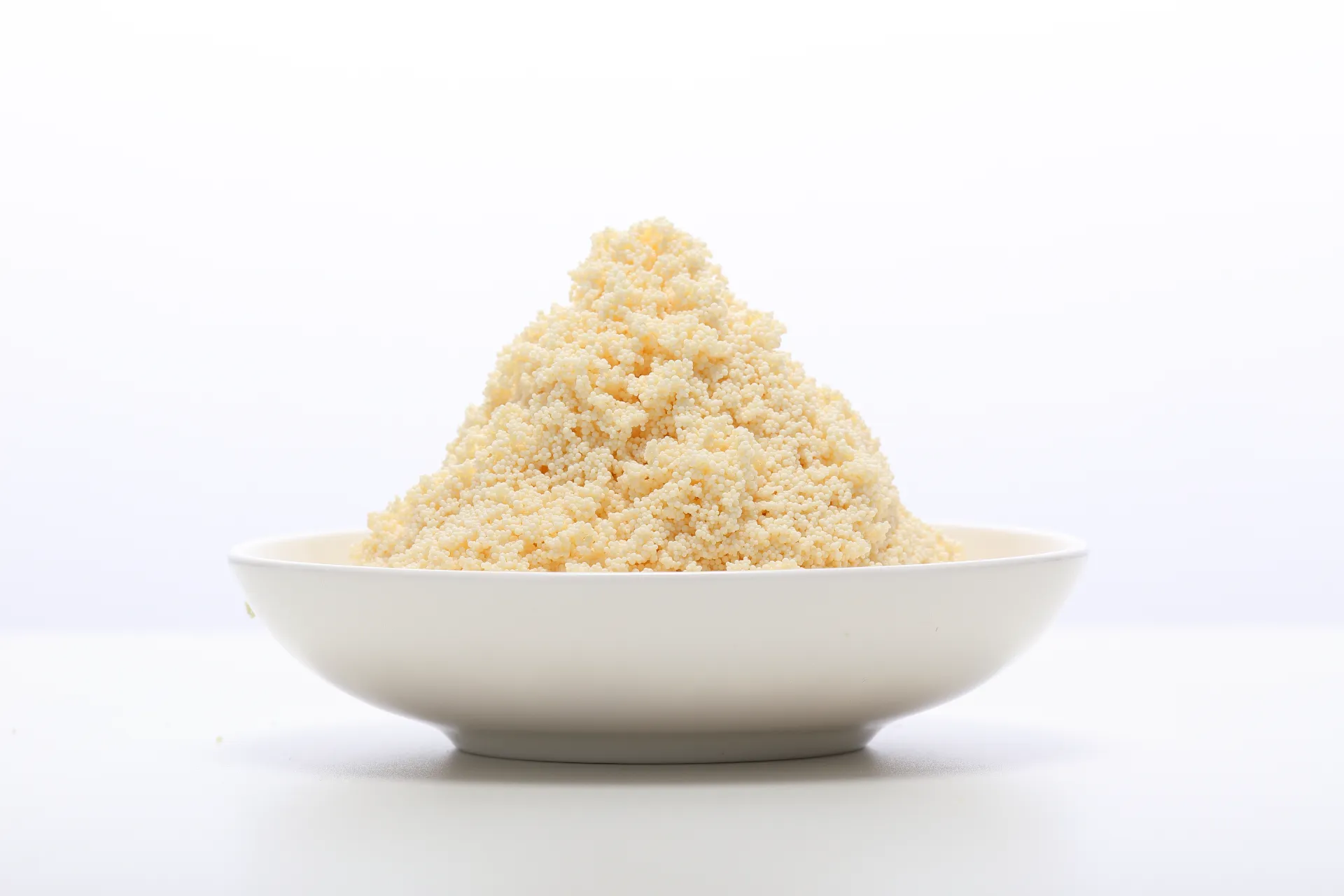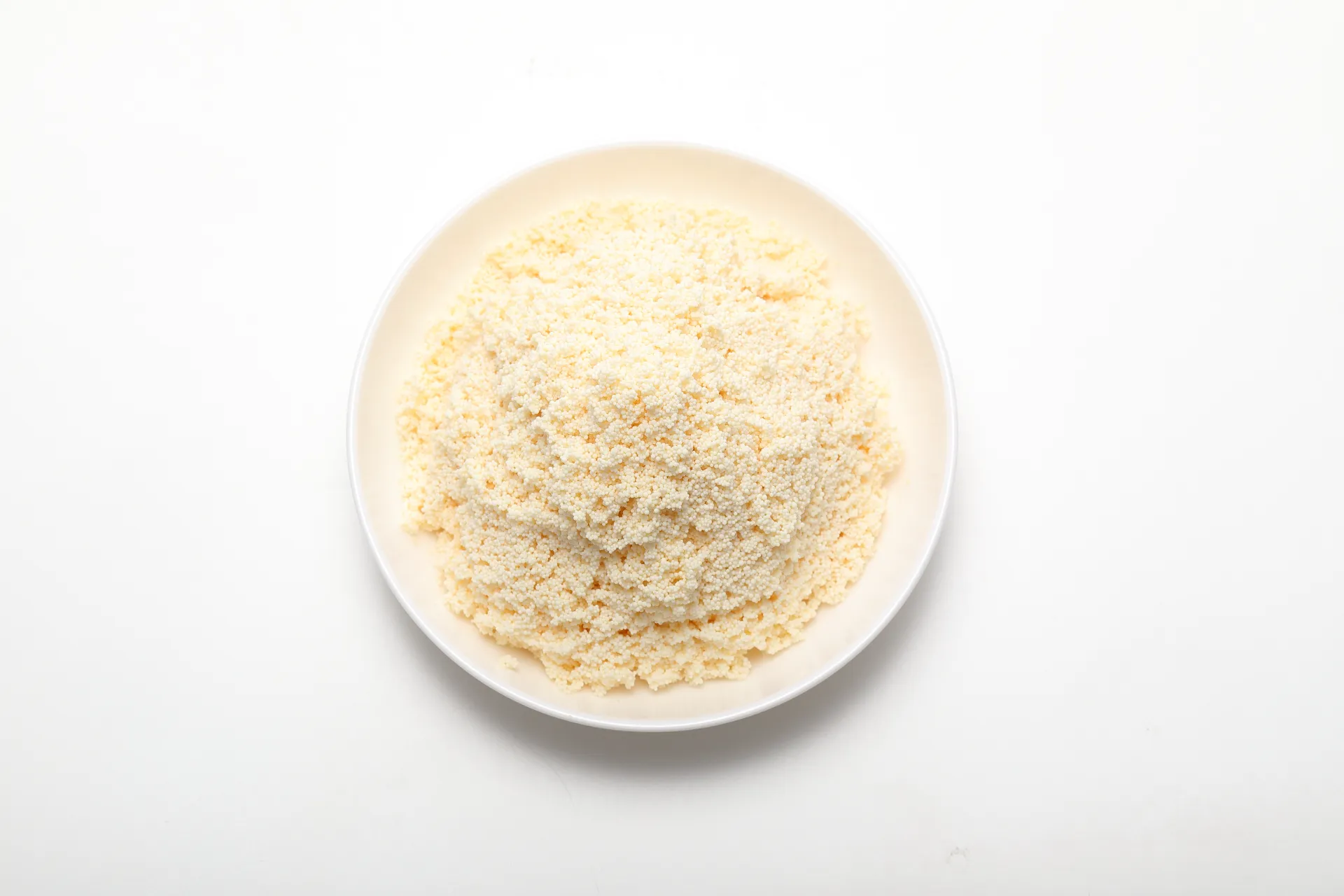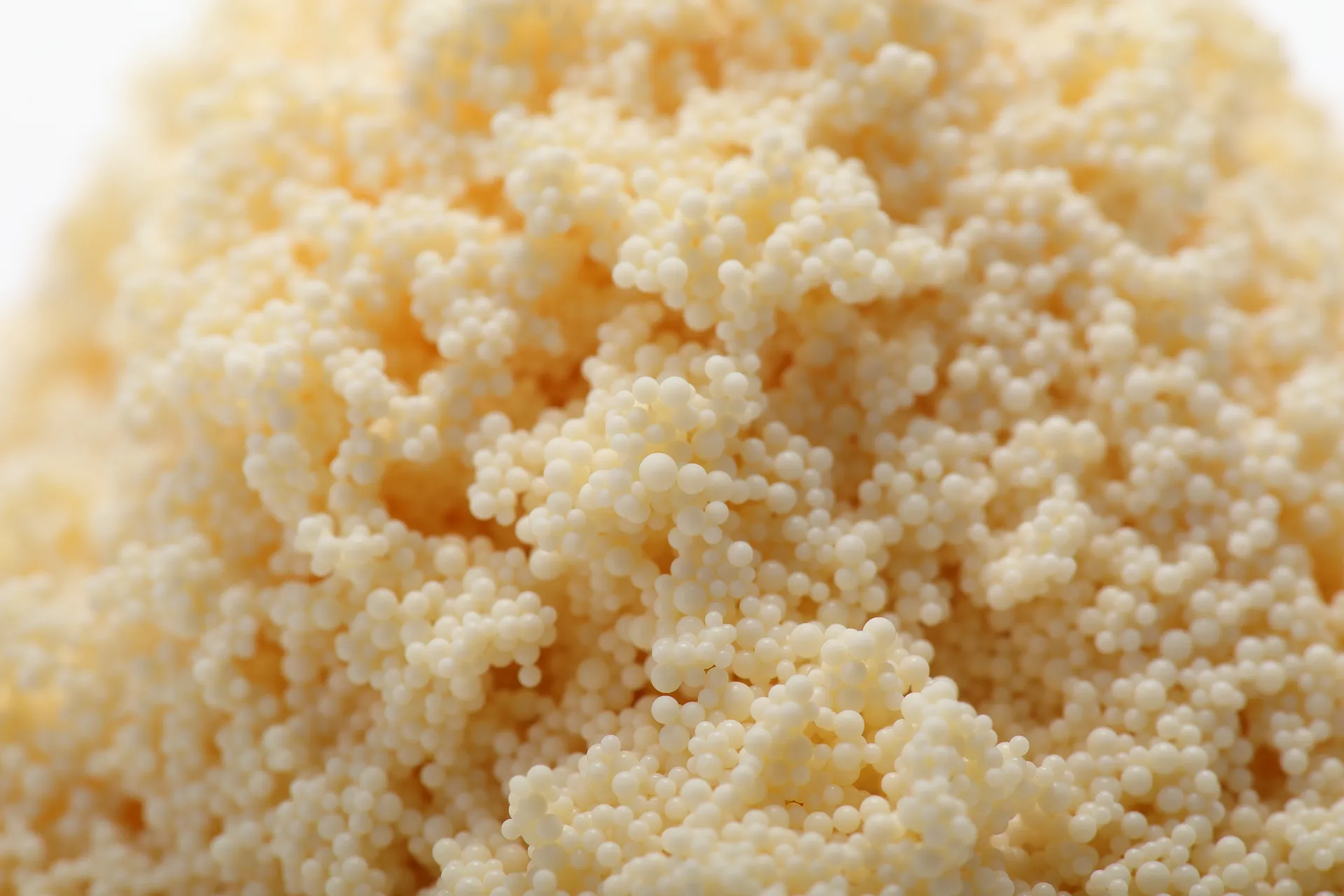What I’m Seeing in Weak Acid Cation Resins (and Why D113 FC Keeps Coming Up)
If you’re evaluating weak acid cation exchange resin for dealkalization or metal recovery, you’re not alone. Plants I visit—from beverage to boiler houses—are quietly swapping in acrylic WAC resins for better fouling resistance and more forgiving regeneration. One model that pops up a lot is D113 FC, made in Hebei Province, China (NO.2 East Jianshe Road, High-Tech Industrial Development South Zone, Wei County, Xingtai). It’s a carboxylic resin on a porous acrylic matrix, and yes, it’s built for bicarbonate/carbonate removal and selective metals work.

Industry trends (quick reality check)
Honestly, the trend is toward lower acid consumption, simpler automations, and resins that forgive the occasional upset. Acrylic matrices help with organic fouling; plants aim for shorter EBCTs without losing removal efficiency. Sustainability is not fluff—acid reuse loops and smarter rinse profiles are now standard conversations. Surprisingly, many customers say the pressure drops on modern weak acid cation exchange resin beds are steadier than they expected, even at higher service velocities.
Product snapshot: D113 FC
| Parameter | Typical value (≈, real-world use may vary) |
|---|---|
| Matrix / Functional group | Macroporous acrylic copolymer / Carboxylic (-COOH) |
| Ionic form (as shipped) | H+ |
| Total exchange capacity | ≈4.0–4.6 eq/L (wet, H+) |
| Moisture retention | 50–60% |
| Particle size / UC | 0.315–1.25 mm / UC ≤1.6 |
| Shipping weight | ≈730 g/L |
| Operating pH / Max temp | 0–14 (best 4–10) / up to 120°C |
| Regenerants | HCl 4–6% or H2SO4 1–4% |
| Service life | ≈3–5 years (feed quality dependent) |
| Origin | Xingtai, Hebei, China |
How it’s used (process flow I recommend)
- Backwash: 5–8 m/h until clear; classify beads.
- Regeneration: HCl 4–6% (or H2SO4 1–4%) at 2–4 BV; slow then fast rinse to conductivity baseline.
- Service: EBCT 2–4 min; target alkalinity leakage <20 mg/L as CaCO3 for dealkalization.
- Monitoring: ASTM D2187 tests for capacity, moisture, bead integrity; pressure drop <30 kPa at 5 m/h is typical.

Where it fits
– Industrial water: boiler-feed dealkalization, RO pretreatment decarbonation
– Metals: zinc/nickel waste recovery (selective uptake in mild pH windows)
– Biochemical separation: gentle carboxylic chemistry helps with purification steps
Advantages people cite: lower acid use than SAC dealkalizers, broader pH tolerance, and better organic fouling resistance. With weak acid cation exchange resin, you also get friendlier regenerations and fewer chloride corrosion headaches when optimized.
Vendor landscape (apples-to-apples-ish)
| Vendor / Model | Matrix | Capacity (eq/L) | Notes |
|---|---|---|---|
| D113 FC (Liji Resin) | Acrylic, macroporous | ≈4.0–4.6 | Good organics tolerance; China-based lead times can be short. |
| Amberlite IRC series | Acrylic | ≈4.0–4.5 | Broad distributor network; premium pricing in some regions. |
| Purolite C104/C106 | Acrylic | ≈4.1–4.6 | Strong tech support; good spec documentation. |
| Lewatit S 8xxx | Acrylic | ≈4.0–4.5 | Consistent QC; Europe-focused availability. |

Customization, QC, and certifications
Custom options I’ve seen requested: tighter particle cuts for low pressure drop, reinforced bead strength for high-cycling softeners, and preconditioning in H+ form. Testing to ASTM D2187 is standard, with lot COAs reporting capacity, moisture, and bead integrity. For compliance, ask for ISO 9001:2015 QA evidence; NSF/ANSI 61 suitability is project-specific—verify per application. Some buyers also ask for REACH/RoHS statements.
Mini case notes
– Beverage plant (RO pretreat): weak acid cation exchange resin cut alkalinity by ≈95% at 3 min EBCT; acid use dropped ~18% vs. legacy setup.
– Plating shop: zinc recovery improved, with clearer filtrate and less sludge; operators liked the “gentler” HCl regeneration profile.
Citations:
- ASTM D2187/D2187M – Standard Test Methods for Physical and Chemical Properties of Particulate Ion-Exchange Resins.
- NSF/ANSI/CAN 61 – Drinking Water System Components—Health Effects.
- AWWA B452 – Weak Acid Cation Exchange Resin.
- ASME – Consensus on Operating Practices for the Control of Feedwater and Boiler Water Chemistry in Modern Industrial Boilers.
- ISO 9001:2015 – Quality Management Systems—Requirements.
Hebei Lijiang Biotechnology Co., Ltd, is a new material manufacturer specializing in the production of high-performance special ion exchange resins.mixed bed resin suppliers It is a modern high-tech enterprise that integrates the research and development,production, sales, and service of resin materials and resin terminal products.ion exchange resin The company is committed to producing high-quality industrial grade, food grade,pharmaceutical grade, and nuclear grade resins.cation exchange resin It has passed ISO9001 management certification,SGS certification, and WQA international certification from the American Water Quality Association, and has obtained a national food hygiene license. Food grade resin products comply with FDA standards in the United States.super blog